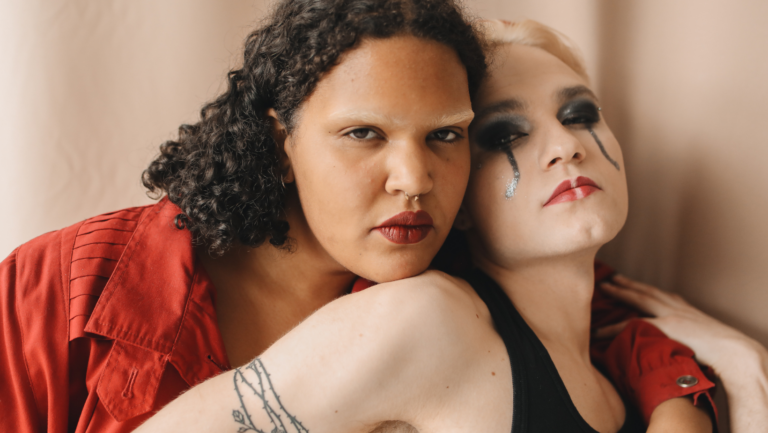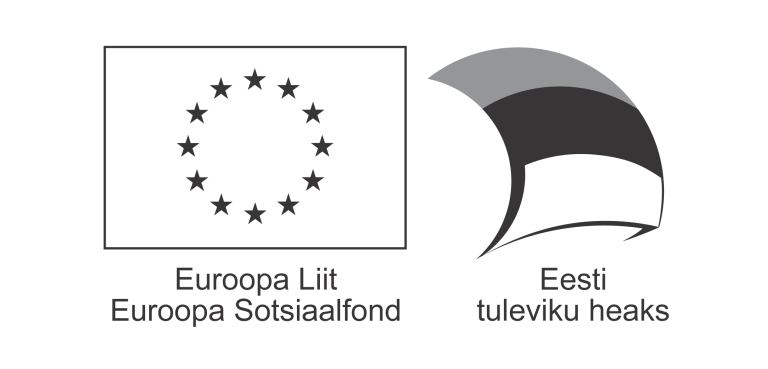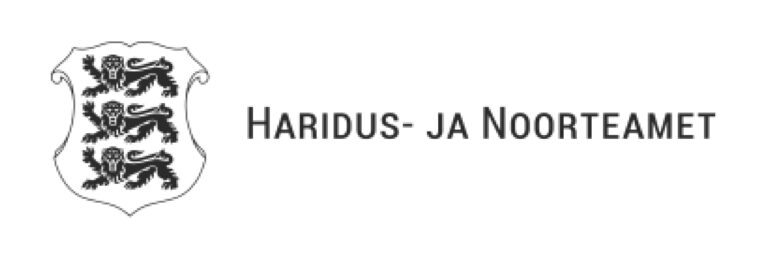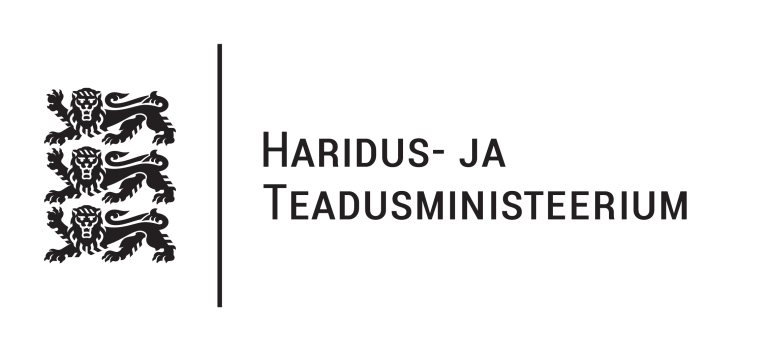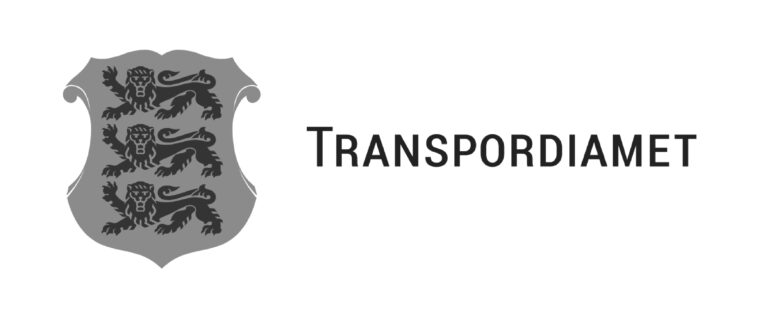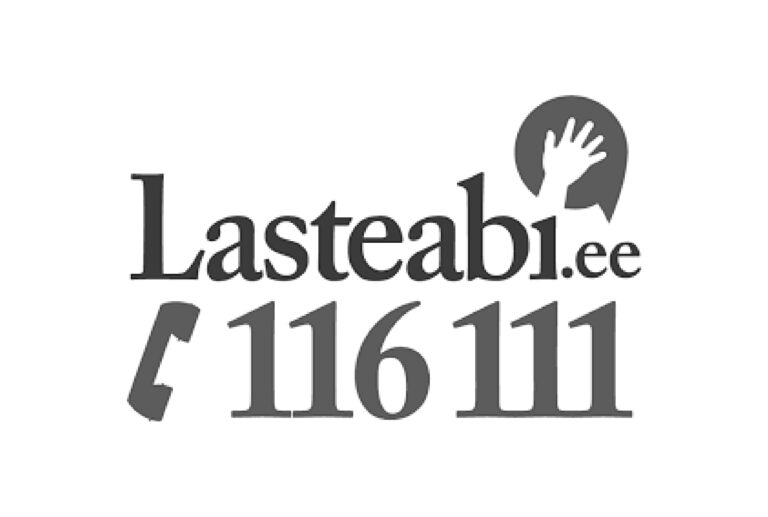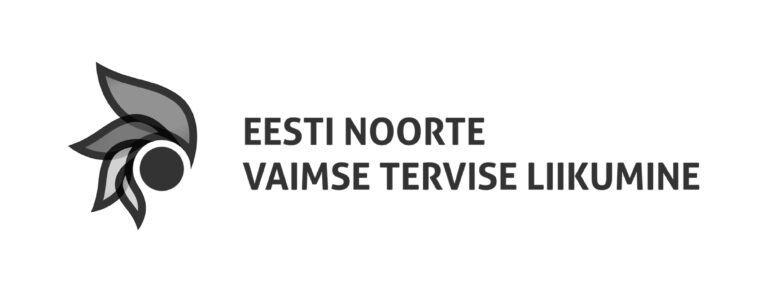This article will help you find out more about sexuality, gender identity and gender expression.
Our identity is something that is constantly growing and evolving throughout our lives. It can consist of many different factors, such as our nationality, ethnicity, religion, sexuality, gender, family influences and personal interests and beliefs. There is no one way to define how a person identifies or understands themselves. As individuals, we all have experiences that influence the way we identify, and it is normal that this changes often.
How do I know what my identity is?
It is absolutely normal if you are not sure of your identity. You should never feel like you have to identify as one thing or the other, but if you decide to do so, remember that you can always change your mind. You don’t always have to share how you identify yourself with others, because it can be a very personal thing. If, however you decide to do so, you should never feel that you have to conform to one particular identity in order to make others happy. Below are some aspects that can form different parts of our identity.
Sexuality = how and what we sexually enjoy
Sexuality consists of many different aspects, such as our sexual desires for others, our thoughts and attractions and how we express ourselves to others. Our sexual identity is something that can remain the same throughout our lives, or change over time. A person can also be asexual if they have little or no interest in sexual desire or sexual activity. It is completely normal if you are unsure of your sexual identity, and there are services that you can turn to if you want support. Information about some of the support services available to LGBT+ youth can be found here and you can also ask for advice here.
Sexual attraction = who we like
Our sexual attraction refers to who we are sexually and/or romantically attracted to. A person can like people who are a different gender than themselves and may identify as heterosexual. A person can also identify as gay or lesbian if they are attracted to people of the same sex. Many people do not define their sexual identity in binary terms and are instead drawn to other people. Some examples of sexual identity can be bisexual, pansexual or queer, but there are many more identities. Although many people consider themselves heterosexual, gay, lesbian or bisexual, these are not the only sexual identities and many
Gender identity = how we feel inside/our personal sense of gender
The sex of a human is traditionally determined at birth by examining the genitals of the baby. The baby will be assigned male if it has a penis and a female if it has a vagina. However, gender is not binary and no one’s gender has to be grounded on their genitals or gender characteristics. Gender is something that consists of many different factors that help shape us into the people we are. These factors may include our body, identity and the way we express ourselves. Your gender is who you feel like, and that may or may not match the gender that you were assigned at birth.
People who identify with the gender they are assigned at birth are often referred to as cis-gendered, and those who do not identify with the gender they were assigned at birth can be transgender or agender (without gender). A transgender man may have been assigned a woman at birth, but know that this is not his gender. A non-binary person may have been assigned a male at birth but they know that they are neither male or female. The term trans is often used as an umbrella term for those whose gender is different from the one they were assigned at birth. Gender is personal and is often defined by a certain community’s social and cultural standards. Gender roles and identities vary in different parts of the world. For some, their gender may change but for others it may stay the same.
Gender expression = outward expression (behaviour, customs, interests and appearance that are related to our gender)
Gender expression is a way to present our gender to the world around us through things such as clothing, hairstyle and customs. Gender expression for some people coincides with a specific gender identity — for example a person who identifies as a woman likes to present herself in a traditionally feminine way. For many people, their gender expression does not coincide with their gender identity in the traditional sense, and thus they present themselves in different ways. It is absolutely normal if you feel male or female, but do not feel that you want to adhere to the norms of gender expression. Traditionally, things such as clothes, care, behaviour and activities were determined by gender. For example, boys have short hair, they wear pants, they like the colour blue and they play with cars whereas girls like pink, they have long hair, they wear dresses and play with dolls. These are not natural tendencies but rather traditions or norms that are imposed on children by their family, community and society.
It is a common experience if you feel that you are different because you do not like the same things that people around you or with your gender enjoy. You don’t have to meet the traditional expectations for your gender and you do not have to accept the gender you were assigned at all. The way we express ourselves may constantly change and we do not have to choose a style and stick to it.
Concepts related to gender:
- Binary and non-binary gender systems – the binary system divides people into two categories: male and female. This division is due to the biological sex, which is determined by the doctor at birth or on ultrasound, based on the genitals. Although in modern Western culture gender is viewed as binary, the non-binary gender system is actually as old as society and has existed in different cultures around the world. Even today, the non-binary gender system is still viable in many cultures such as Native Americans, Hindus, etc.
- Non-binary person — a person who does not define their gender identity according to the binary gender system. For example, this identity can be between a man and a woman, both at the same time, genderless, variable or consist of several genders. A non-binary person may call themselves transgender because the gender they were assigned at birth/their legal gender does not coincide with their cognitive gender.
- Intersex person — a person who is born with a body whose chromosomes, hormonal levels or other physical aspects do not correspond to the norms of a biological man or woman. A person being intersex may be detectable at birth, but they may also find out when they are older. If a person has no complaints, it does not require medical intervention. One of the biggest problems is that intersex children are operated on without their consent, which may lead to body or identity issues later in life.
- Genderqueer — a wide concept for people who feel that their sense of gender or gender expression does not conform to societal norms.
- Cis-gendered person (in Latin cis — ‘’on the same side’’) — a person whose biological, legal, social and cognitive gender coincides with the gender they were assigned at birth. For example, a cis-gendered person has a penis, documents indicate him as a man, he feels like a man and his gender expression meets the expectations of a man (e.g he wears men’s clothing).
- A cross-dresser — a person who, from time to time, takes over some of the elements of another gender (dressing, behavioural manners, cosmetics, etc.) but at the same time is satisfied with the gender they were assigned at birth and do not want a gender transition.
- Agender person — a person who identifies themselves as genderless and does not perceive any cognitive gender in themselves.
- Transgender person (from Latin trans – ‘’on the other side’’) — a person whose cognitive and social gender does not correspond to their biological and/or legal gender. For example, a transgender person may be born with a vagina and their documents indicate that they are female, but their cognitive gender is male. It is unknown how transgenderism develops. A transgender person’s transition may or may not include a name change, changing of documents (name, gender marker), changes in self-expression (make-up, clothing), hormone therapy and breast and genital surgery.
- Gender neutrality is a term that describes phenomenons where gender is not decisive. For example, most laws are gender neutral (meaning that a law treats people of different gender the same way), as well as goods and services (public transport, grocery stores etc.), education (with some exceptions) (meaning everyone can attend school), etc. Gender neutrality can also consist of gender blindness, which is a situation where gender-specific needs are not met (for example laws or measures that seem to be gender neutral but in reality overwhelmingly affect only one gender). Gender neutrality does not mean ignoring or losing genders.
- Gender roles are societal perceptions of what a person of one or the other gender should do in their life, how to live, what role to fulfil and so on. These notions depend on culture and may vary from culture to culture. For example, gender roles are, culturally, quite fixed in home and family — who should earn a salary, who should look after the house, who should take care of the children, etc. Because gender roles are culturally rooted, it can be hard to notice and abandon their limitations.
- Gender stereotype is a simplified and biased understanding of gender roles.
- Gender fluid — a person’s gender identity that does not relate to any particular cognitive gender but moves between them or across from them.
- Gender is a part of a person’s identity. Gender consists of biological sex (reproductive organs, hormones and chromosomes), legal sex (gender marker on documents), cognitive gender, social gender (gender roles) and gender expression (appearance, mannerisms, etc.). When all these elements overlap, the person is cisgender. If the cognitive gender does not overlap with biological and/or legal sex, they are transgender.
The article was written based on the website of the Estonian LGBT Association www.lgbt.ee and www.spunout.ie.
The Estonian LGBT Association is a non-profit organisation working for the benefit of LGBT+ people (lesbian, gay, bisexual, transgender people and people of other types of sexual and gender identities and expression).
Spunout is Ireland’s youth information website.
Published on the youth information portal Teeviit in 2022.
